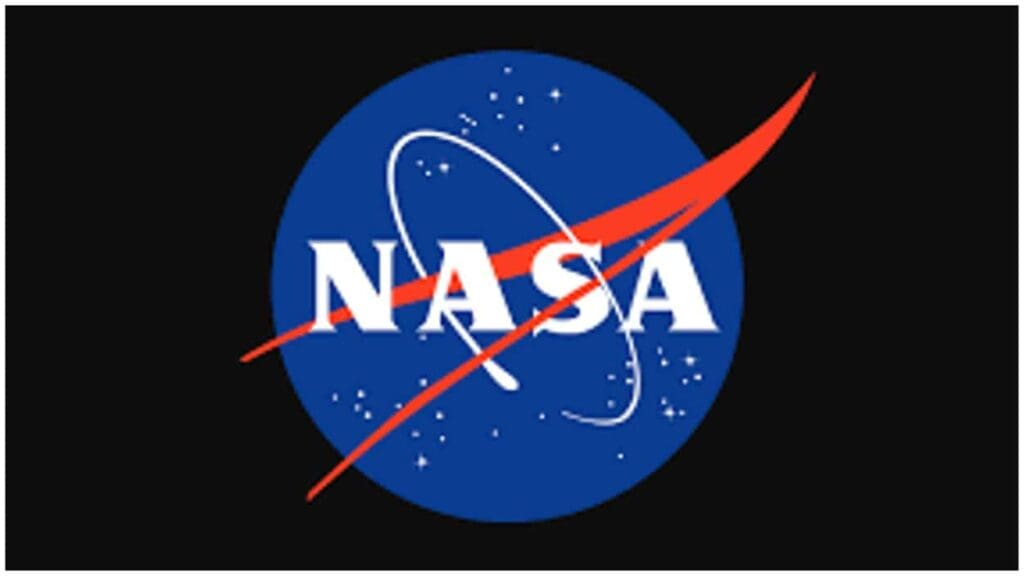NASA leverages advanced AI-driven computational tools to enhance research in solar physics, Earth science, and more. At the SC2024 Supercomputing Conference, NASA Science Mission Directorate Deputy Administrator Nicola Fox highlighted innovative strategies for applying artificial intelligence to space science.
Fox introduced NASA’s plans to implement large-scale language models across science departments, supported by foundational models tailored to fields such as astrophysics, planetary science, and heliophysics. She demonstrated a fundamental model of solar physics that uses data from NASA’s Solar Dynamics Observatory to predict solar wind events and monitor sunspot activity.
Evolution of space computing: Voyager mission as a milestone
Fox reflected on NASA’s Voyager missions launched in the 1970s, which ushered in space computing with early semiconductor memory. These missions revealed Jupiter’s faint rings and Saturn’s moons, highlighting the potential for computational advances in exploration. Today, NASA manages more than 140 petabytes of data, which it shares around the world under its open science policy and enables broader scientific collaboration.
🚀 NASA and Microsoft have teamed up to create Earth Copilot, an AI tool that takes over 100 petabytes of data captured by NASA satellites and makes it accessible to everyone using natural language. https://t.co/GhJOx61Mn6 #MSIgnite pic.twitter.com/2Mw1RAvJLG
— Microsoft (@Microsoft) November 20, 2024
Real-time earth observation and environmental monitoring
Fox also introduced NASA’s Earth Information Center, which integrates data on environmental change and contributions from agencies such as NOAA and EPA. She highlighted that advances in wildfire detection using satellite data have enabled near real-time tracking of natural phenomena. These data-driven innovations are critical to monitoring our changing global environment.
Quest for life beyond Earth
In his remarks, Fox emphasized that NASA continues to search for extraterrestrial life. Observatories such as the Transiting Exoplanet Survey Satellite (TESS) have detected thousands of exoplanets, such as LP 791-18d, that may offer conditions suitable for life.
She highlighted the transformative role of AI and computational tools in analyzing NASA’s vast datasets, concluding that they open the door to research questions previously thought to be out of reach. These advances are shaping the future of space exploration and Earth science.



